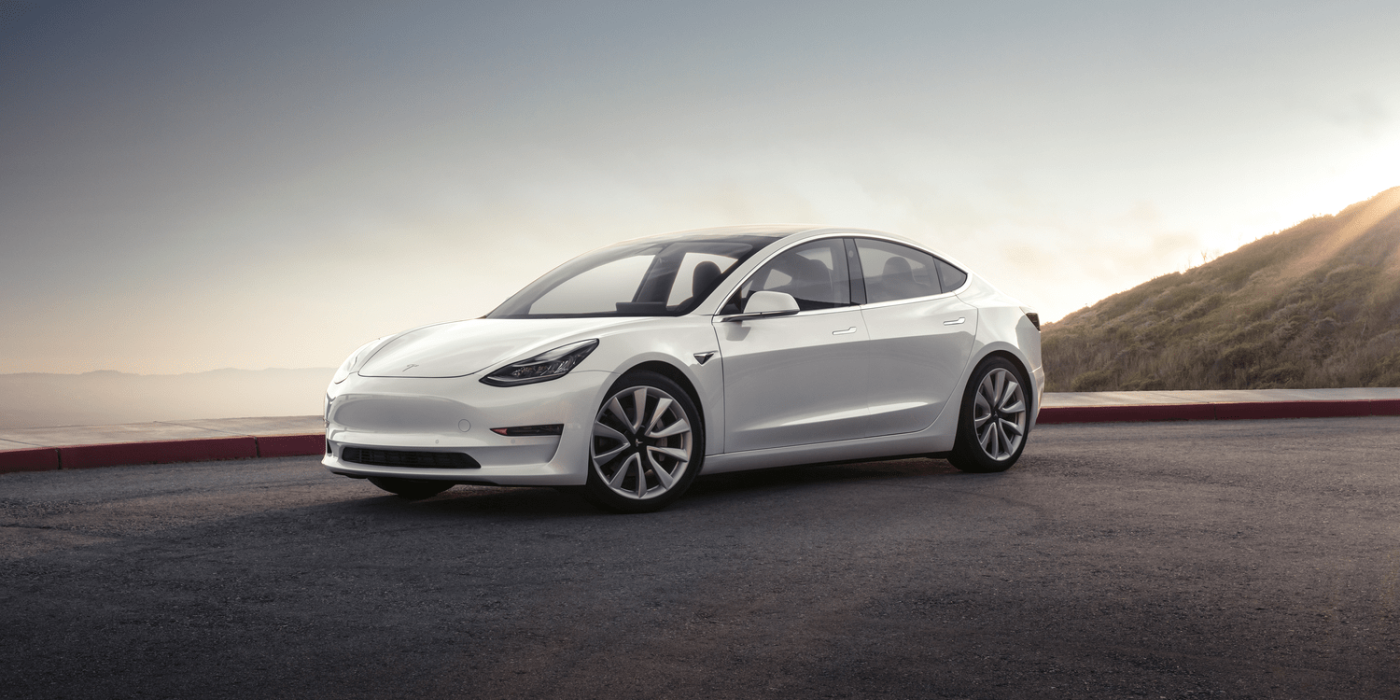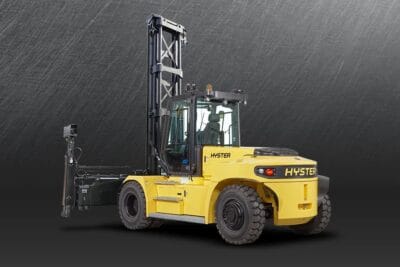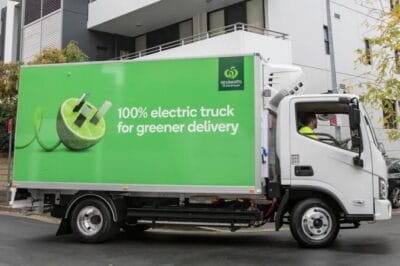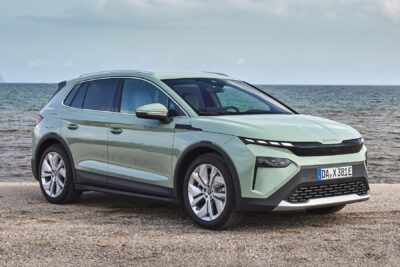The 100 kWh Model 3: rumours and a denial
Rumour has it that Tesla is planning a 100-kWh version for Model 3, but Elon Musk has denied that Tesla is developing such a Model3. In addition, the range for the Model S with a large battery will indeed increase, but only in North America for the time being.
First to the Model 3: The source for the rumour about the 100 kWh battery is two hackers. At the end of 2019, ‘Green’ claims to have found relevant information in the source code. The information is therefore far from confirmed, but in earlier releases ‘Green’ has proven right more than once. Another hacker, who calls himself ‘Zeus M3’ on Twitter, was able to gain access to Tesla’s factory mode and confirmed the data.
However, it must be said, that while the function and relevant data are contained in the software, this doesn’t necessarily mean that such a version will also go into production. Electrek speculates that it could also be just a test vehicle for new battery cells or packs. Since the physical size of the battery pack has so far been assumed to have a maximum capacity of around 80 kWh, 100 kWh in the same form factor would mean a significantly higher energy density. According to ‘Green’, however, there is more than one vehicle with such a battery setup “outside of Tesla test labs”.
Not long after the rumour took off across media, however, Elon Musk posted his response on Twitter. As usual, it is direct and to the point:
No larger pack Model 3 is in development
— Elon Musk (@elonmusk) June 16, 2020
The long-range version with a battery of about 75 kWh, the Model 3 can travel 322 miles, or 518 kilometres, according to the EPA standard. With the theoretical upgrade, the new battery could crack 400 miles or around 644 kilometres.
If it were to happen, the Model 3 would not be Tesla’s first production model to break the 400-mile mark. As the company has now confirmed, all Mode S Long Range Plus in North America now have an official EPA range of 402 miles or 647 kilometres. When Tesla introduced this variant earlier this year, the EPA range was 391 miles.
The Long Range Plus model is a further development of the Long Range variant. Tesla states that with the experience gained from the Model 3 and Model Y, the Model S and Model X have also been made lighter. In addition, new tyres and aero rims increase efficiency and thus the range. Mechanical components on the drive train have also been improved and the effect of recuperation optimised. There is a simple reason why these changes, which are not unusual for Tesla, culminate in a new model designation with the “Plus”: As the officially new model, the EPA had to issue a new range specification.
Tesla Model S now first ever electric vehicle to receive EPA range rating above 400 miles! https://t.co/EOTwVfvHS5
— Elon Musk (@elonmusk) June 15, 2020
As Elon Musk had already indicated when announcing the figures for the first quarter and has now confirmed on Twitter, all Model S Long Range Plus models built since February have a range of 402 miles. The difference between the eleven miles that have now been added is due to a measurement error by the EPA. According to Musk, the testers are said to have left a door open during the cycle, which meant that the car did not switch to sleep mode and put more strain on the battery. The EPA denies this account.
Meanwhile, Tesla in Europe is preparing for its usual delivery peak at the end of the quarter. One ship (apparently including a Model 3 for Europe) has docked in Zeebrugge and another may arrive in June. It is unclear, however, which of the vehicles are intended for the various European markets. While the number of available vehicles on the German Tesla side has dropped recently, more vehicles are expected to be made available in the Netherlands and France.
According to the Australian news site The Driven, Tesla has also resumed deliveries to Australia, a ship with more than 100 Model 3s is said to have docked there on Saturday.
electrek.co (100 kWh battery), electrek.co, insideevs.com, tesla.com (Model S Long Range Plus), teslamag.de (Zeebrugge in German), thedriven.io (Australia)





0 Comments